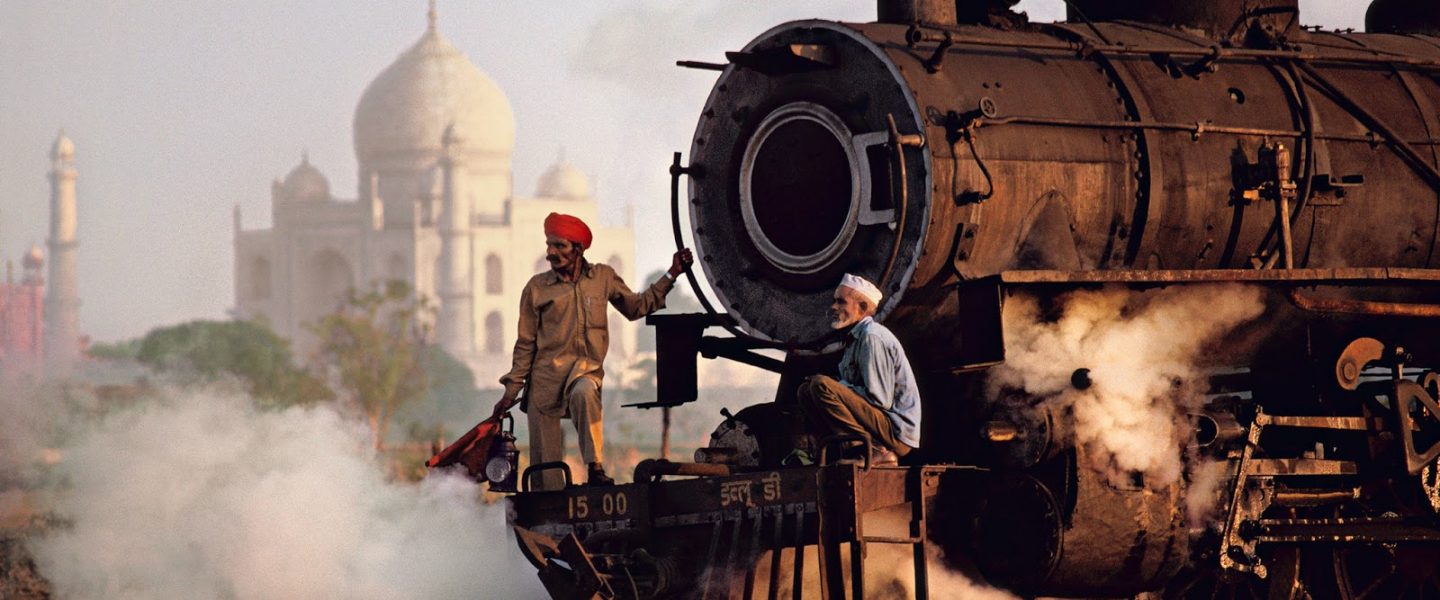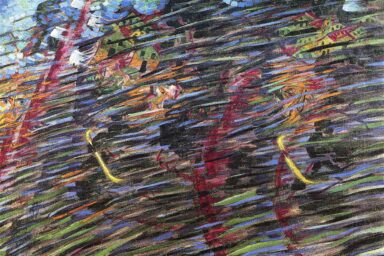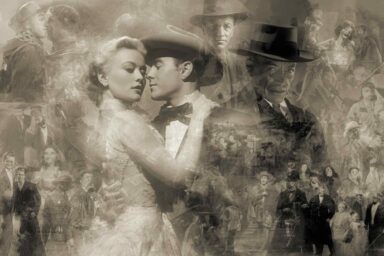Award-winning photojournalist Steve McCurry is perhaps best known for his iconic picture of “Afghan Girl.” Edward Girardet explores where the Philadelphia-based photographer is today.
WhoWhatWhy is partnering with Global Geneva, where this story was originally published, to help expand access to content that will benefit a broader global readership.
As aspiring young reporters, both Steve McCurry and I began covering the war in Afghanistan prior to the Soviet invasion of December 27, 1979. But Steve beat me by several months. He first crossed clandestinely by foot into Nuristan in eastern Afghanistan in June 1979, accompanied by two members of the mujahideen, or holy warriors, as guerrillas resisting the communist Kabul regime were calling themselves. While not my first trip to Afghanistan — I had passed through as a teenager on the Hippie Trail a decade earlier — I only ventured to Kabul by taking the bus from Peshawar in October 1979 to report on a fast-emerging civil war. Both of us returned to Afghanistan almost immediately following the arrival of Red Army troops. And in many respects, both of us have continued to remain engaged with Afghanistan ever since. (See Global Geneva article by Edward Girardet on 40 years of reflection about Afghanistan’s unwinnable war.)
McCurry, who is now 71 and has been published by key magazines and newspapers across the globe ranging from National Geographic to Time and Paris Match, as well as authoring numerous books, was working as a freelance photojournalist in Philadelphia for a local newspaper, King of Prussia. “I was doing the usual things, such as Little League baseball, but I wanted to travel, to do something more adventurous,” he said. He saved his money and in the summer of 1979 decided to head out to India for two months. But this turned into two years.
“It was really hot in New Delhi, so I decided to go somewhere cool,” McCurry explained. He travelled by road to Rawalpindi in Pakistan, but it was hot there, too, so he headed up to Chitral, a small Northwest Frontier town at the foot of the Hindu Raj mountains, the western extension of the Himalayas leading into the Hindu Kush. There he met two Afghan men, both refugees from nearby Nuristan just across the Pak-Afghan border, where their villages had been bombed by government forces. The young American photographer was not aware that there was a war in Afghanistan, but Nuristan was in fact the first province to rise up against the Soviet-backed Kabul regime. On learning that he was a photographer, the two Afghans proposed to smuggle him in.
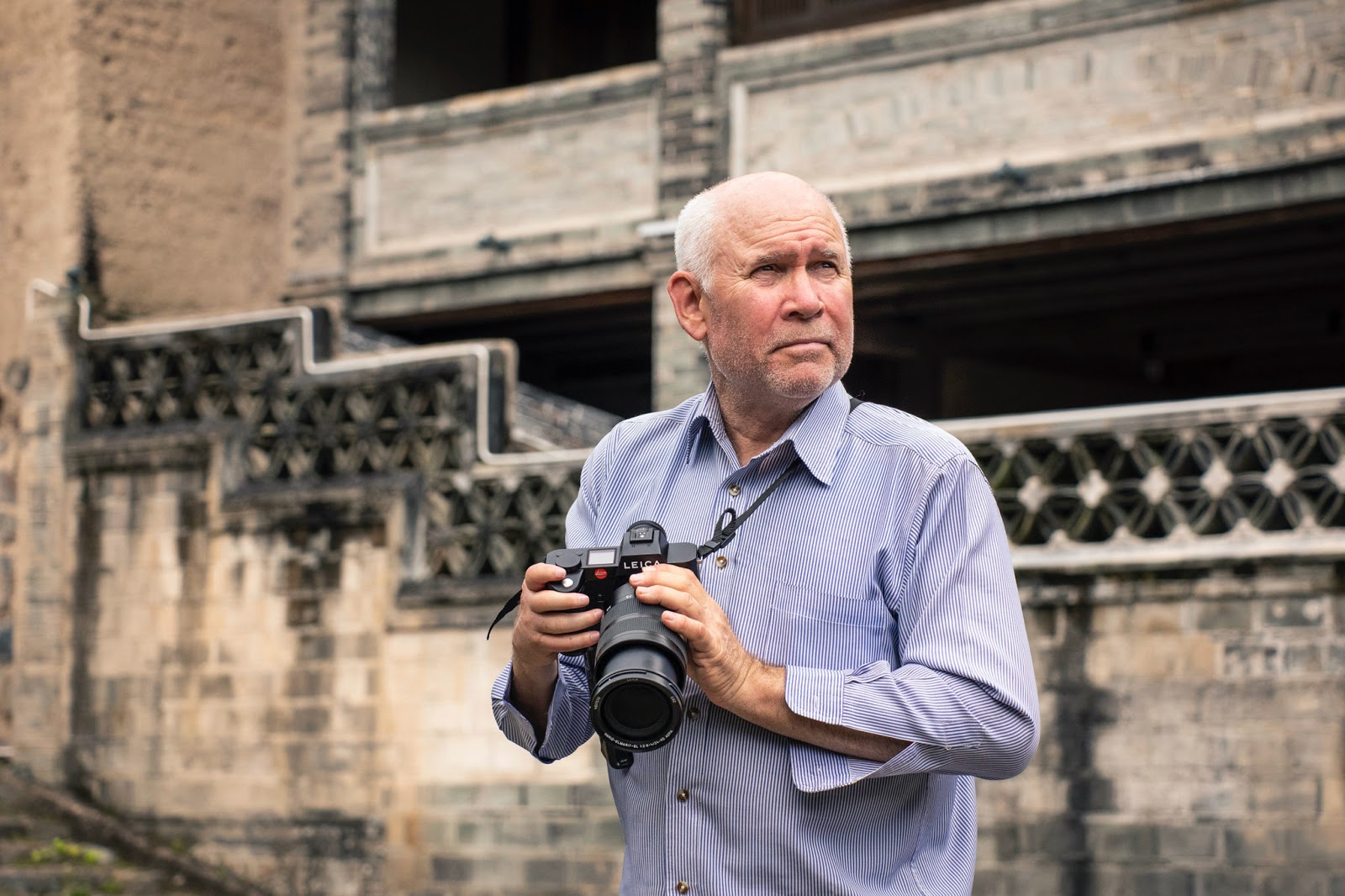
“I was young and looking for adventure and wanted to tell a great story,” McCurry said. “I had no idea who these mujahideen were, or where we were going, but I had this sense that this was the real thing and that these were decent and honorable people. It was my first experience covering a conflict, a war, much better than photographing suburbia in Philadelphia. This changed my life.”
McCurry remained for several weeks, and then — as he had to cross back into Pakistan illegally — he hid his film in the seams of his clothes before returning to Chitral and then Delhi in order to send his shots to his agent back in the United States. In those pre-digital days, photographers had to rely on “hand carries” — usually passengers or crew members flying back by plane — or the more expensive courier dispatches to get their film back. In this case, a friend took his film.
McCurry then went to Bangkok, but the mujahideen soon got word to him that they planned to capture the main town of Jalalabad in eastern Afghanistan, so he rushed back to cover this event. “We thought it would take a matter of weeks but as with so many planned events in the years that followed, it never happened that way,” he said.
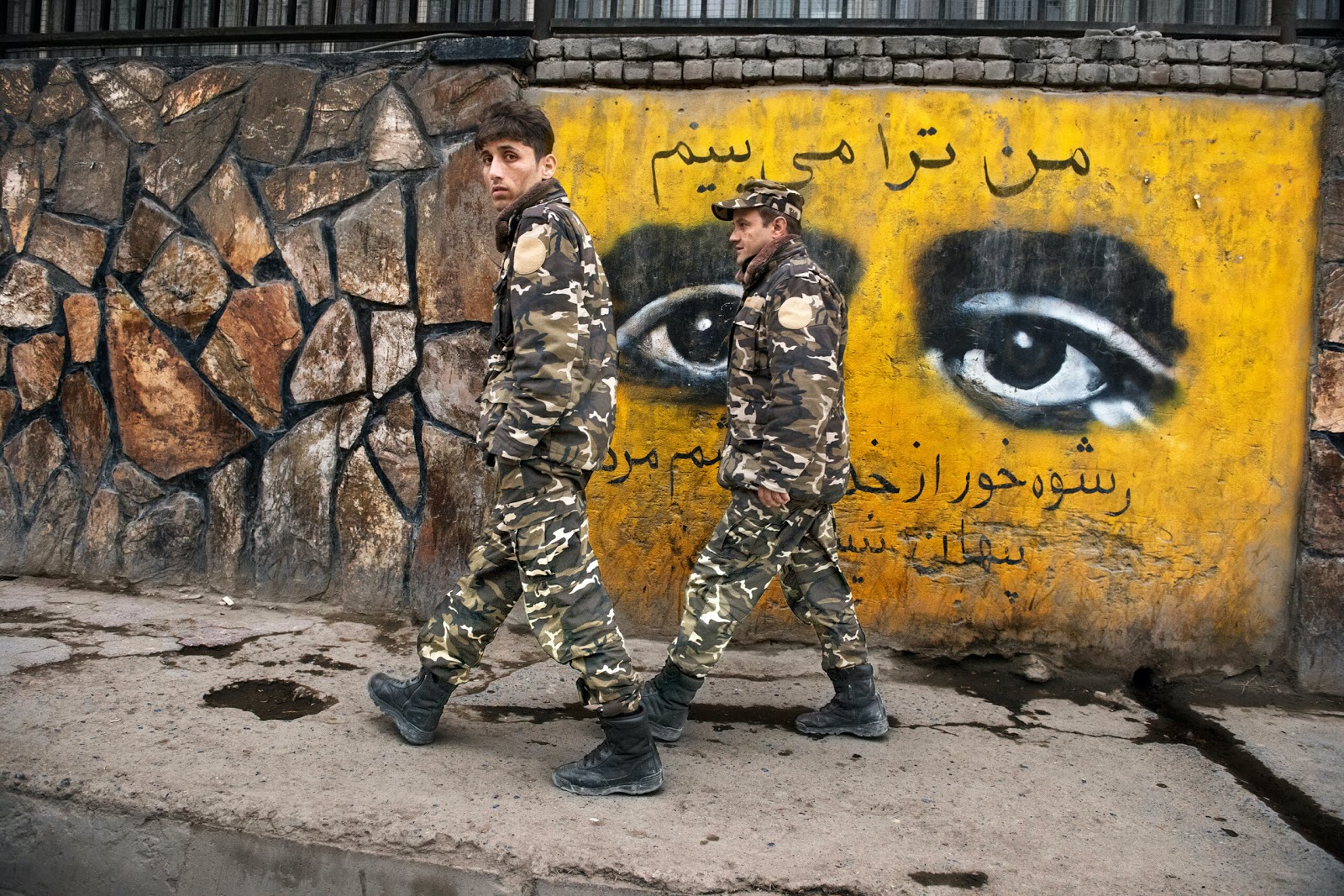
Afghanistan: A Photographic Obsession
When the Soviets invaded, McCurry returned to Afghanistan — as did some 3,000 other journalists, photographers, and TV producers, including myself — and has covered the country ever since. Time magazine, for example, had six photographers on full-time contract, so the competition was stiff with Steve selling his pictures to whoever would take them. It would take several years for McCurry to establish himself with major publications such as National Geographic contracting him for long-term assignments.
However, when it became evident that the Red Army occupation would drag on and that it was an incredibly difficult war to cover, most of the foreign press left. Only a small group of persistent, mainly freelance journalists, photographers, and filmmakers remained, no more than 20 at any one time, using Peshawar as a launching pad throughout the decade-long Soviet war. Peshawar, too, was where most of the United Nations and other international aid agencies — as well as spies — established themselves to deal with both the massive refugee situation as well as the war on the other side of the border. It was also later where Osama bin Laden set up his first base of operations for al-Qaeda.
“I really got hooked on the story,” said McCurry. “We were part of a group of journalists, who, 10 years later, were still there together. We met Afghans, developed friends, and knew everyone in Peshawar, such as the political parties. It was something which became part of our lives.” But every time they went back, he noted, “the story would shift, a new chapter, another horizon… Things could move differently.”
As a foreign correspondent covering the Third World based out of Paris for the Christian Science Monitor throughout the Soviet decade, I would return to both Peshawar and Afghanistan on a regular basis. Sometimes, I would travel with Steve, and the Monitor would use his photographs to illustrate my stories. On one occasion, as often happened, we got arrested together by the Pakistanis for trying to slip clandestinely into Afghanistan, but this was more pro forma as we were released a day or two later. Almost immediately we would try again by making our way back through the tribal territories into Afghanistan.
During those early days, establishing himself as a photographer was extremely difficult, both mentally and physically. He had to work hard to get the right pictures, such as making repeated trips to the refugee camps or across the border into Afghanistan. I remember being highly admiring of Steve for walking over the 10,200 foot-high Lowari Pass leading from the Hindu Raj to the Peshawar Plains on one trip back from Chitral. He trudged through the winter snow, highly dangerous because of avalanches, and halfway there encountered a man who had frozen to death.
He also flung himself into the midst of stories to get the right pictures. Once, while safely watching Tatbir ceremonies — in which Shia Muslims self-flagellate in a form of ritual bloodletting as an act of mourning — from a terraced house in Peshawar, I noticed Steve moving through the chanting crowds, covered in blood but assiduously shooting photographs.
At one point, too, in the late 1980s, I shared a house in Peshawar with Steve and several other journalists. To commemorate the final departure of Soviet troops from Afghan soil in February 1989, he and I travelled into Kunar province where the remaining government forces were seeking to stave off mujahed advances onto Jalalabad. While McCurry sought to grab shots of the frontline, I found myself arguing with a tall Arab commanding a group of Islamic fighters holed up in the trenches. It was only years later that I learned that this was none other than bin Laden. But this was during the days when he was relatively unknown to the outside world and focused on organizing jihad for Islamic volunteers from the Middle East. I had always hoped that Steve might have grabbed at least one photograph of this altercation, but to no avail. Fighting on the frontline was his primary concern.
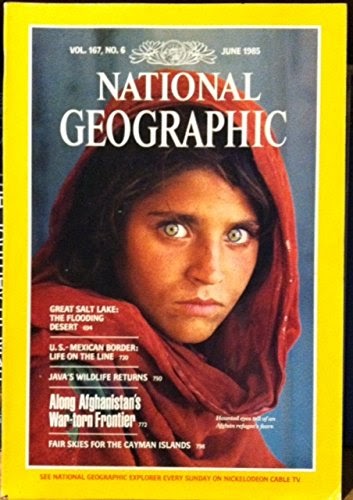
The Girl With the Green Eyes
McCurry, who had also begun photographing stories elsewhere in Asia, firmly came to the media forefront with his 1984 photograph of a 12-year-old Afghan refugee girl. One of the best known photographs in the world, this appeared on the June 1985 cover of National Geographic. It became an icon not unlike photographs ranked amongst the most influential of the 20th century, such as Eddie Adams’s 1968 shot of the Saigon national police chief executing a Viet Cong prisoner or Nick Ut’s famous capturing in 1972 of the Vietnam “Napalm Girl.”
“Afghan Girl” was shot at a refugee school in Nasir Bagh camp in Pakistan. For McCurry, it was one of those photographs that one simply grabbed; a rare case whereby the ambiguous expression of the girl combined with her beauty. “There’s something overpowering with the eyes. She has a dirty face and there is this troubled beauty, but something is wrong — even if you don’t know that she is an orphan or living in a refugee camp — with the light and the background. But it all came into focus.”
Meeting her during a recreation break in a tent serving as a classroom with children whooping around, McCurry realized that he might only have a minute to grab a good shot. But he first needed her permission. This was not easy given that she had no idea what a camera was. “I only hoped that she would be still long enough, a momentary curiosity before she went off to play with her friends,” he said. In the end, and despite the distraction of 15 other girls, he succeeded. “I had no idea what was in it,” he said. It was only two months later when he got back to the States and saw the photo that he realized what he had obtained. As with so many journalists and photographers who cover such situations, he was only passing through and had not recorded her name.
In the end, the whole story surrounding the girl, whose name, as it later emerged, was Sharbat Gula, also known as Sharbat Bibi, proved a sad one. After renewed interest in Afghanistan following 9/11, it was decided to try and track her down. Born in 1972, she would now be approaching 30 and could be anywhere in Afghanistan, or still living as a refugee in Pakistan. To McCurry’s surprise, they managed quite quickly to find her living in a village with her husband, a several-hour drive through the countryside from Jalalabad.
As a tribal Pushtun, who are highly conservative Muslims, she was now an adult woman and no longer a child. This meant that the key to being able to photograph her was her husband, who had been working in Peshawar as a baker on one dollar a day. As a refugee with exposure to the outside world, however, “He sensed an opportunity,” noted McCurry. “Afghans are very clever and could smell that this could be interesting economically, when they saw the film crew and the car.”
The photograph has been published millions of times but Sharbat had never received any compensation, so National Geographic’s willingness to help her, her husband, and her children was a major part of this approach. McCurry managed to photograph her, now a much different and older person. “Obviously, she was no longer that little girl,” he said, when she walked in wearing a black hijab. “She looked like a ghost.” When word went out that National Geographic was looking for the girl with the green eyes, a photograph found even in Afghan bazaars, a number of women, sensing opportunity, professed to be her. But Sharbat had a very distinctive scar on her nose, which McMurry immediately recognized. “I knew it was her,” he said.
Unfortunately, Sharbat’s husband died soon afterwards, but the funds put aside helped purchase an apartment for her in Peshawar. In an incident which shocked many people, the Pakistanis later arrested her for having illegally obtained false documents and tossed her into jail where she contracted hepatitis. “How mean spirited can you be?” said McCurry. “She was illiterate and had no idea what she was doing.” Eventually, the Afghan government embraced her as a “national treasure” and brought her to Kabul.
McCurry said that he was grateful to help out and to make her life a little bit better. “I don’t know what would have happened with her husband’s death and her daughter’s death. A lot of widows end up in the streets of Kabul at the mercy of passersby.”
Despite all his coverage across the globe ranging from Iraq to the Philippines, reporting on Afghanistan by returning again and again has been one of McCurry’s most important quests of his career. Ever since the Red Army invaded and even today with the final vestiges of US occupation, it has been a geopolitical game.
“During the Soviet war, there was a lot of intrigue, and you felt that you were part of the Great Game with the Russians and the Americans sending in weapons and money. We saw all those caravans with camels and mules carrying rockets and rounds,” he recalled. There were also Chinese agents hovering around Dean’s Hotel in Peshawar or Indians seeking one out for tea in order to gather information from journalists returning from Afghanistan. Plus there were all those parachute reporters (journalists dispatched for quickie trips) desperate to cover the story but often going “inside” with the wrong people.
“It was a fascinating time. We took bets on how long the regime would last.” In the end, following the Soviet departure in February 1989, Afghan government forces managed to hold on for another three years leading to the guerrilla occupation of Kabul, brutal civil war, and then the arrival of the Taliban in 1996.
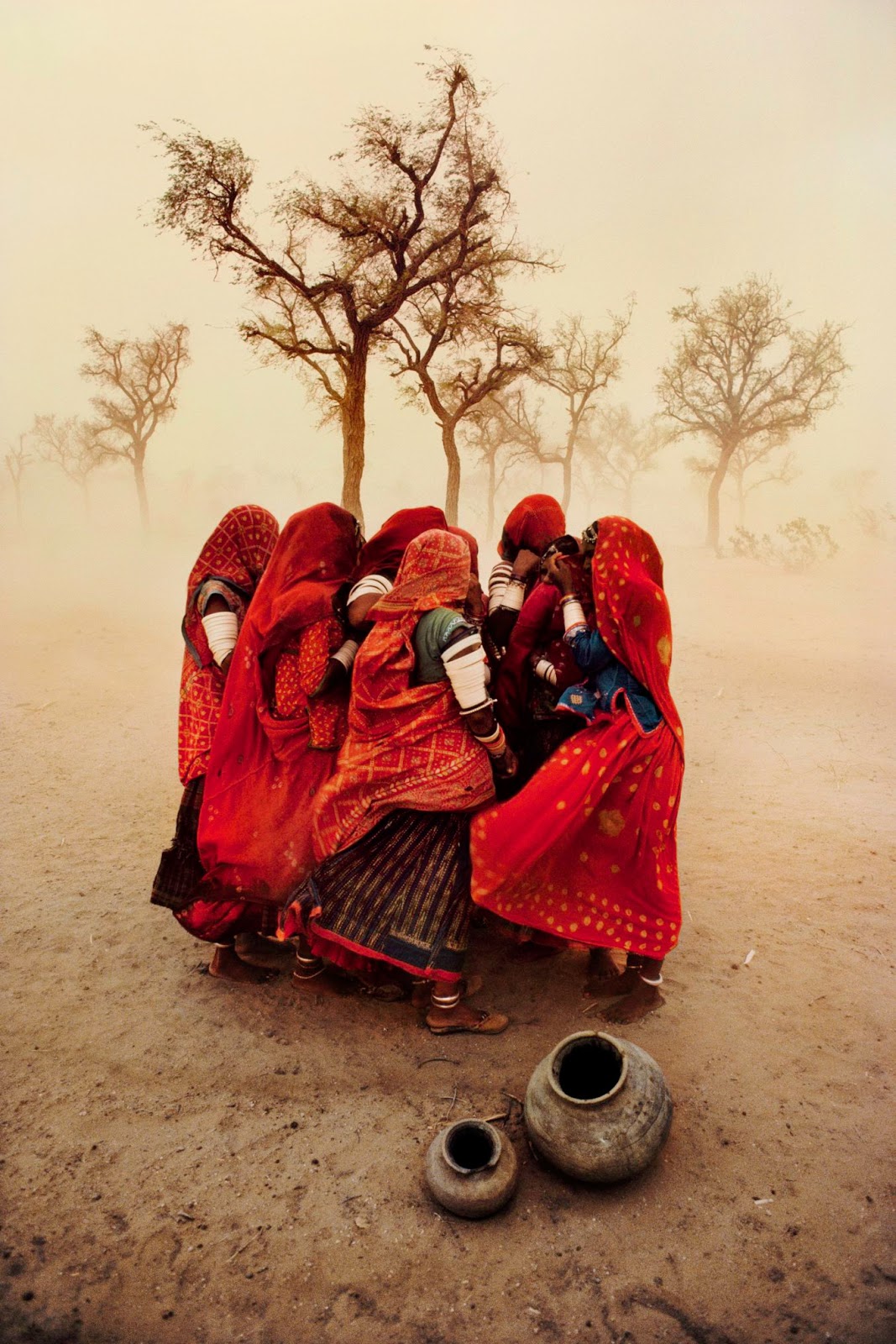
Transitioning From Photojournalism to Art
Four years ago, McCurry returned to Afghanistan. But times — and the rules — had changed. He found himself thinking of the fate of Sean Flynn, the photographer son of actor Errol Flynn, and all those journalists who had been captured or killed in Afghanistan. For terrorists today, no matter where in the world, said McCurry, “There is more bang to the buck if they cut your head off, whatever gives them the most publicity.” The end result is that there are now fewer press people covering such situations.
McCurry found himself in a city that had simply become too risky. “I was literally the only Western photographer in Kabul for three weeks with the constant concern that something could go terribly wrong and that I could be kidnapped.” It did not help that he was stopped at gunpoint several times, and on one occasion armed men forcibly entered the room of the guest house where he was staying. Being married and with a daughter, he decided that perhaps now was the time to explore other options in life.
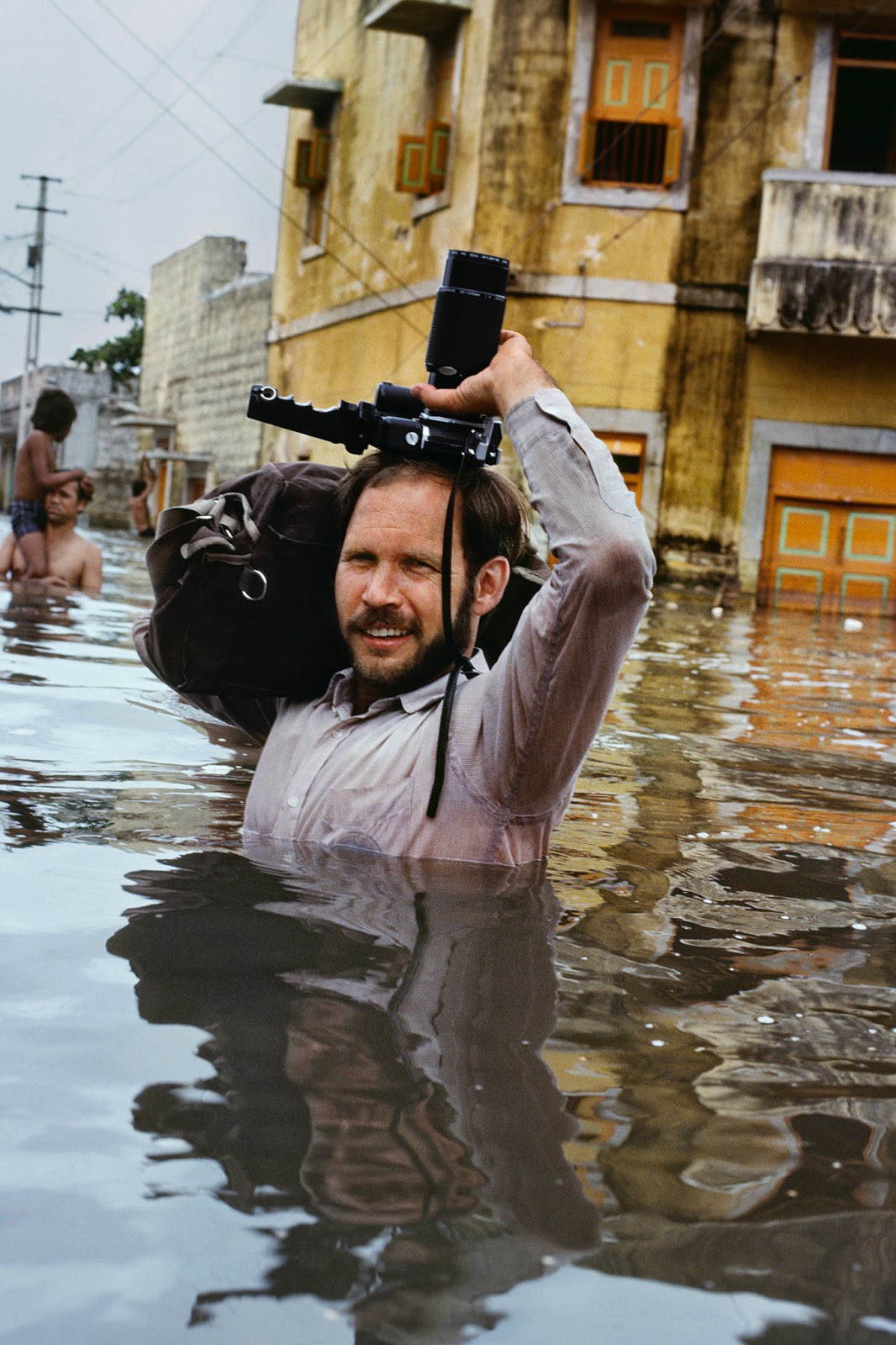
This is what led him to wabi-sabi, a Japanese philosophy regarding a state of mindfulness of living in the now, and his current collaboration with the Barbier-Mueller Museum in Geneva. According to McCurry, who studied fine art and found himself influenced by how painters such as Caravaggio or Rembrandt rendered light, it was his friend, American travel writer Paul Theroux, who came up with the idea. “Sometimes things that have aged with imperfection also offer a certain beauty in nature,” McCurry said. “One has the feeling that this is a treasured item which consists of love and care, or maybe it’s a tree that has developed in a grotesque, imperfect way and yet has an awkward beauty about it.”
As a young photographer, McCurry often photographed unusual cracks in the sidewalk which reminded him of veins, or a river, or a bouquet of flowers. It was this combining of photojournalism with art that inspired him to do the Barbier-Mueller exhibition.
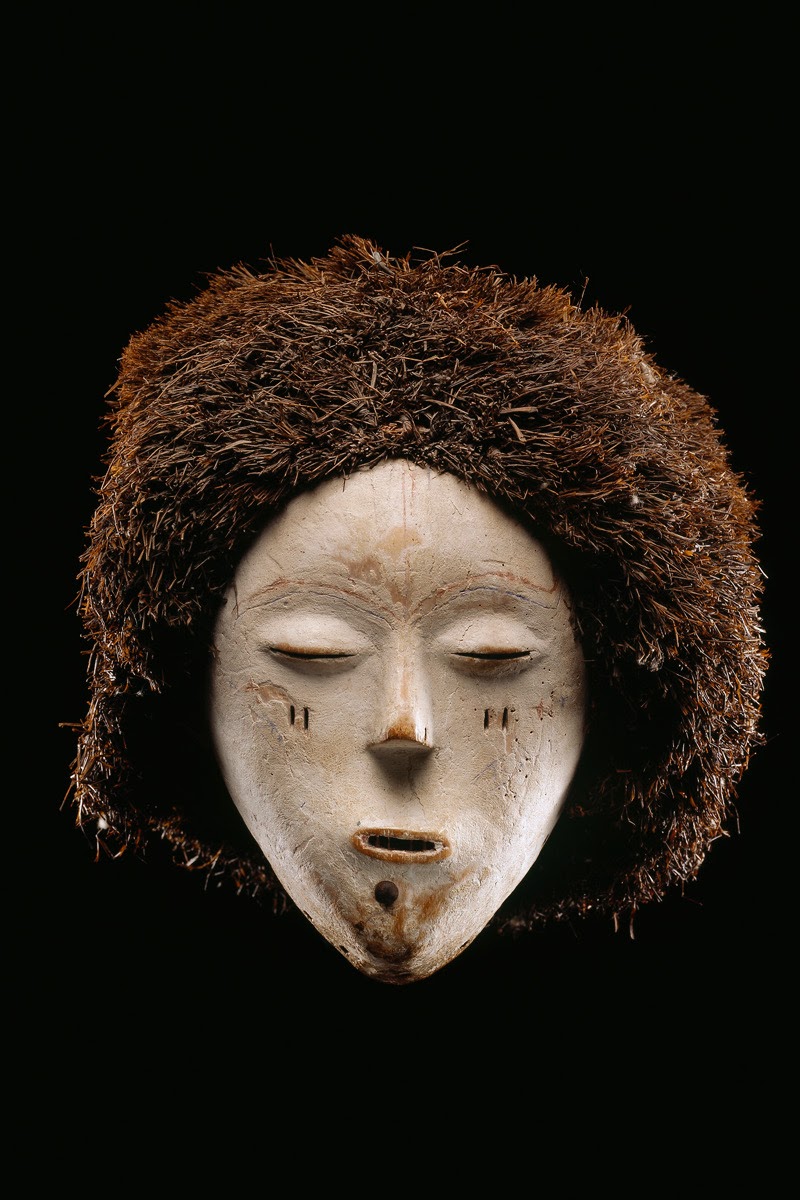
The question of artistic interpretation in photojournalism, particularly in the age of Photoshop, is an issue — if not controversy — that has emerged with regard not only to McCurry’s work but that of other well-known photographers. The late W. Eugene Smith, who worked with Magnum, complained that he could not arrange his photographs the way he wanted to. So to what extent should a photographer touch up his or her work before going public?
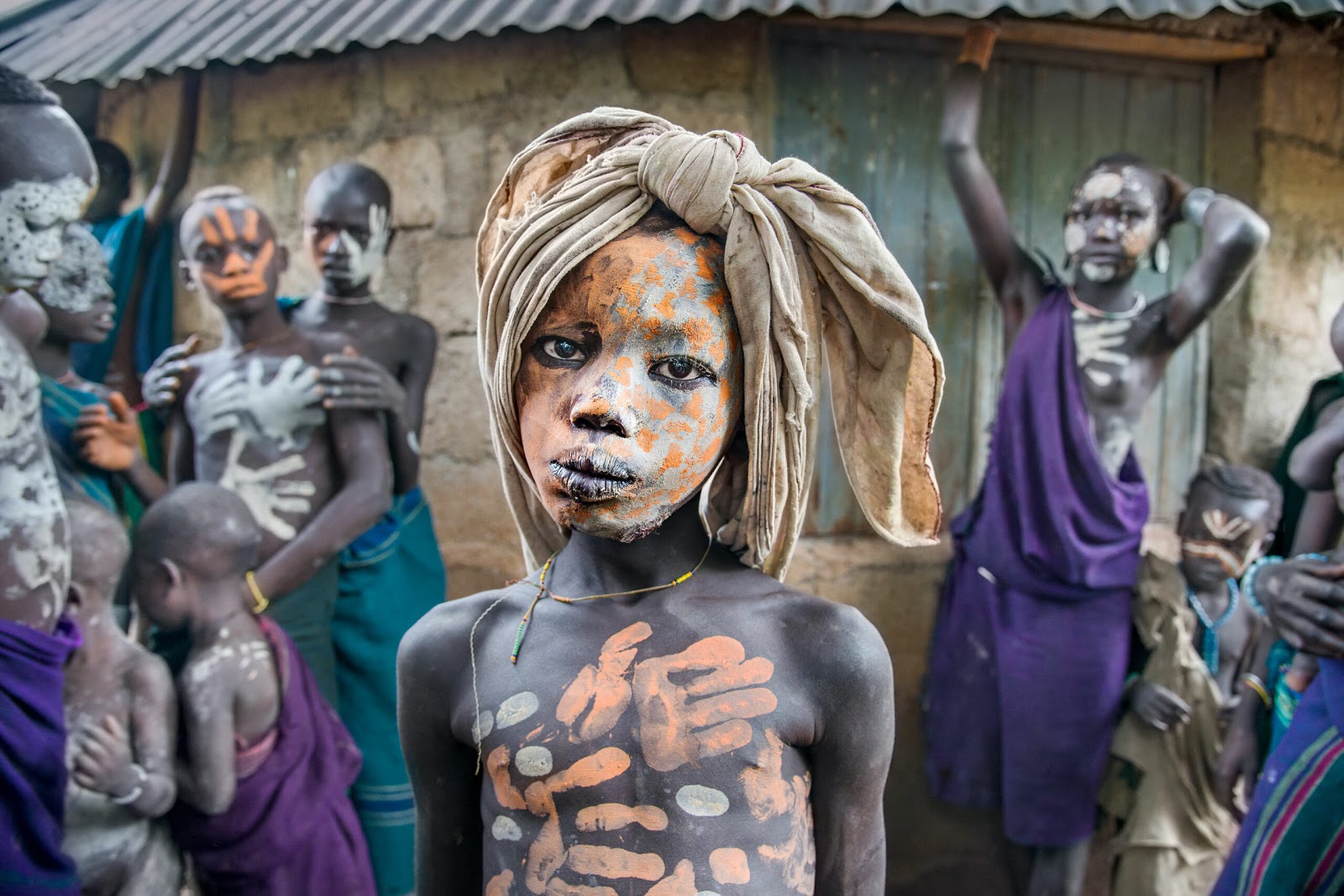
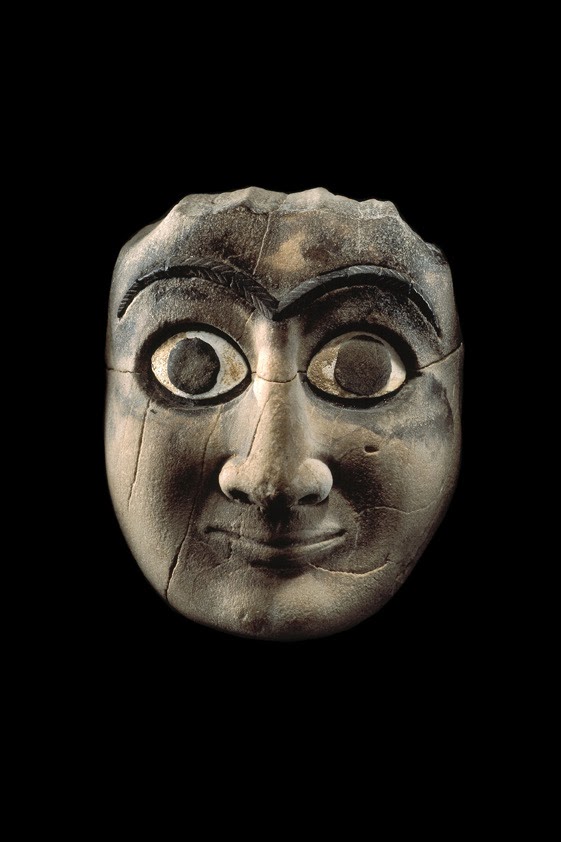
For McCurry, photography is part of the joy of discovery. This includes walking down a street, for example, regardless of whether one actually shoots a photograph or not. It is still part of a self-satisfying form of exploration, which he also seeks to reflect in his work. “With regard to post-production, when I worked on the newspaper in the 1970s, and even National Geographic, every single photograph was improved in the darkroom through dodging, or burning, deepening of the color, darkening or lightening. It’s what we have always done.” The important thing, he added, was that the final product be “truthful and reflect honestly in the place that is photographed.”
Today, McCurry does not need to run at the behest of editors, who normally provide a shopping list of what they want. “I might go to Cuba and spend two weeks walking around. It’s up to me. I shoot what I want. A marketplace. A church. A restaurant… I can pick the environment where I am working. I can get up when I want — the days of rising at 4 a.m. are over for me — and if I choose to do a series of portraits, then that’s what I’ll do.” As a result, McCurry is now focusing on various personal projects with books as his main interest. For example, he would like to republish his famous monsoon coverage from the early 1980s in India.
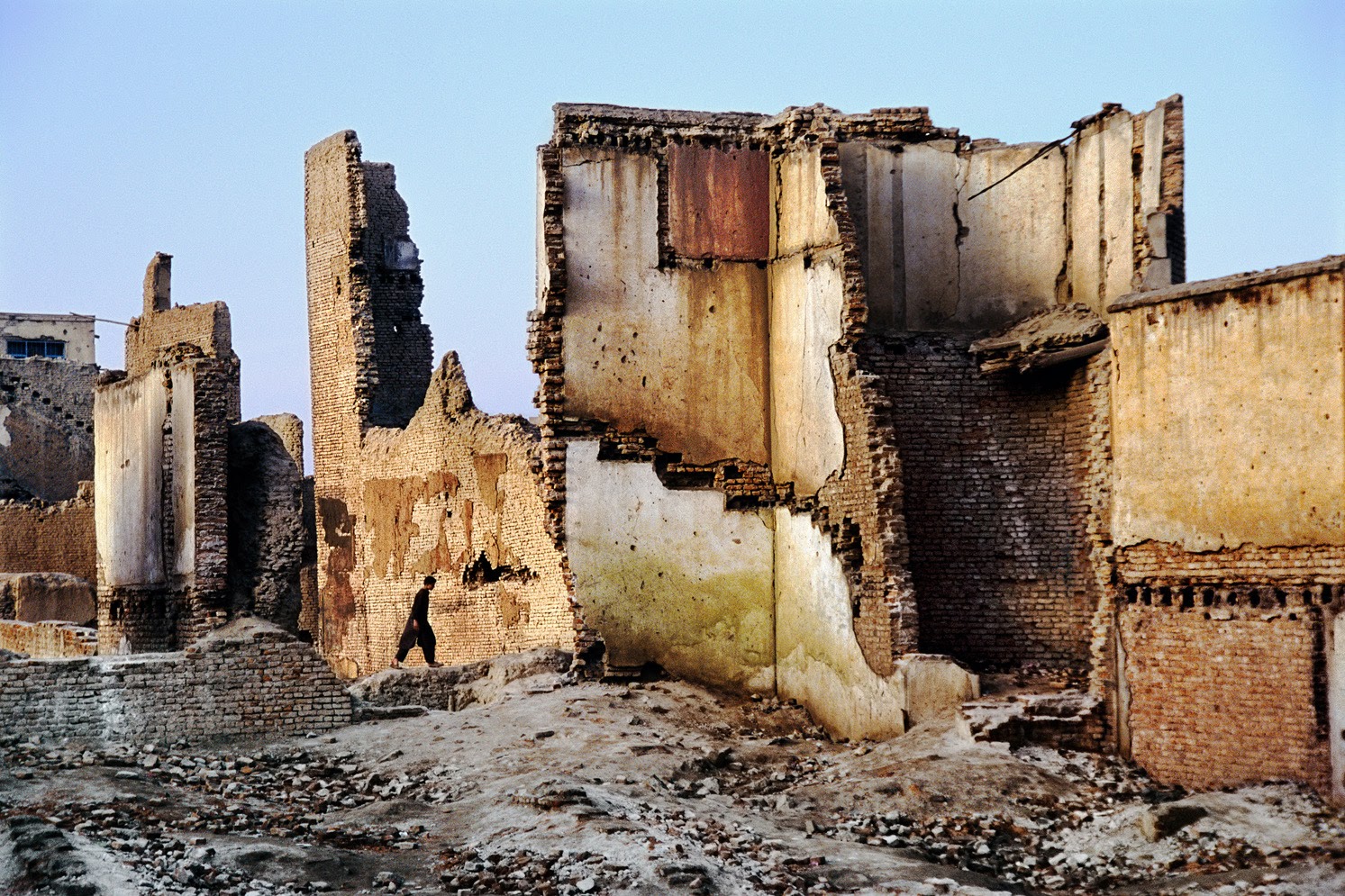
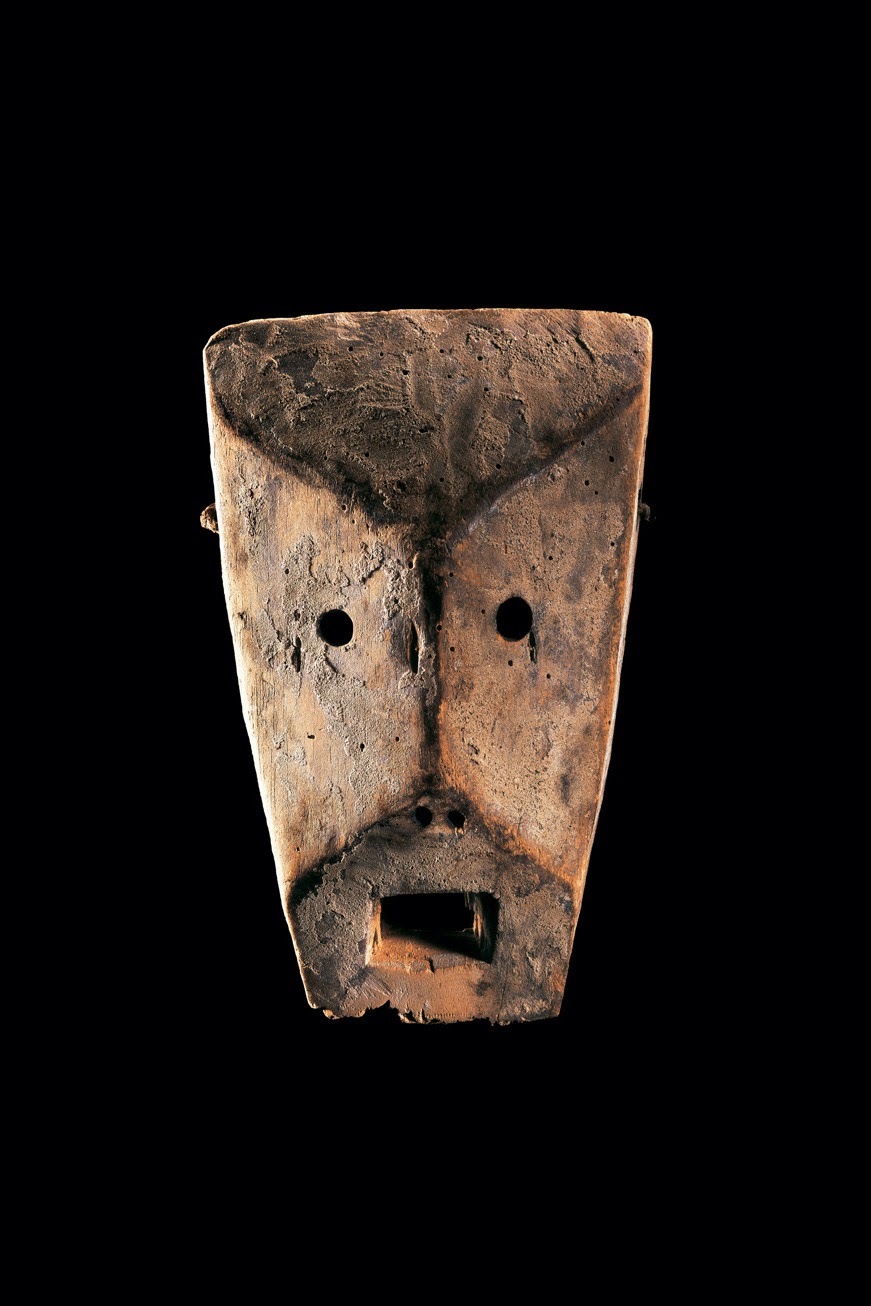
Where Is Photojournalism Today?
As McCurry pointed out, news photography today, just as much as reporting from the field, has become far more difficult. The lack of both funding and investment in professional journalism is causing an abrasive public information crisis. It means that there are fewer journalists who can afford to be doing what they are supposed to be doing: reporting what is happening across the globe. “We’re living in a different world today,” he said. “Whether a writer or videographer, someone has to tell these stories about refugees or immigrants from Syria. We need independent journalists with a track record to report on what is really happening and to tell an honest story.”
For McCurry, it is crucial to tell the story about our planet. Take 9/11, for example. It is important to that memory of what actually happened. Or the liberation of the concentration camps at the end of World War II. “These all have value,” he said. “We will look back at the pandemic today as we did the past century. The world is in such a state of rapid transition with the way people live, dress, eat food, or design architecture, whether in India, Tibet, or far-flung parts of Africa. People are increasingly living in concrete and steel structures that look increasingly alike; the malls of Philadelphia are no different from those in Bangkok or Mexico.”
“Life is changing forever. They’ll never go back to the way it was. There are a lot of beautiful cultural ways of life that are disappearing,” McCurry said. The Chinese have ripped down a lot of their old architecture in the towns or by mass producing clothing that may be cheaper or better, the ways of how people lived are fast disappearing. “So having a record, a memory of how life once was or the way we used to live, such as the type of house, or sitting around campfires, or tattoos… Isn’t that amazing?”
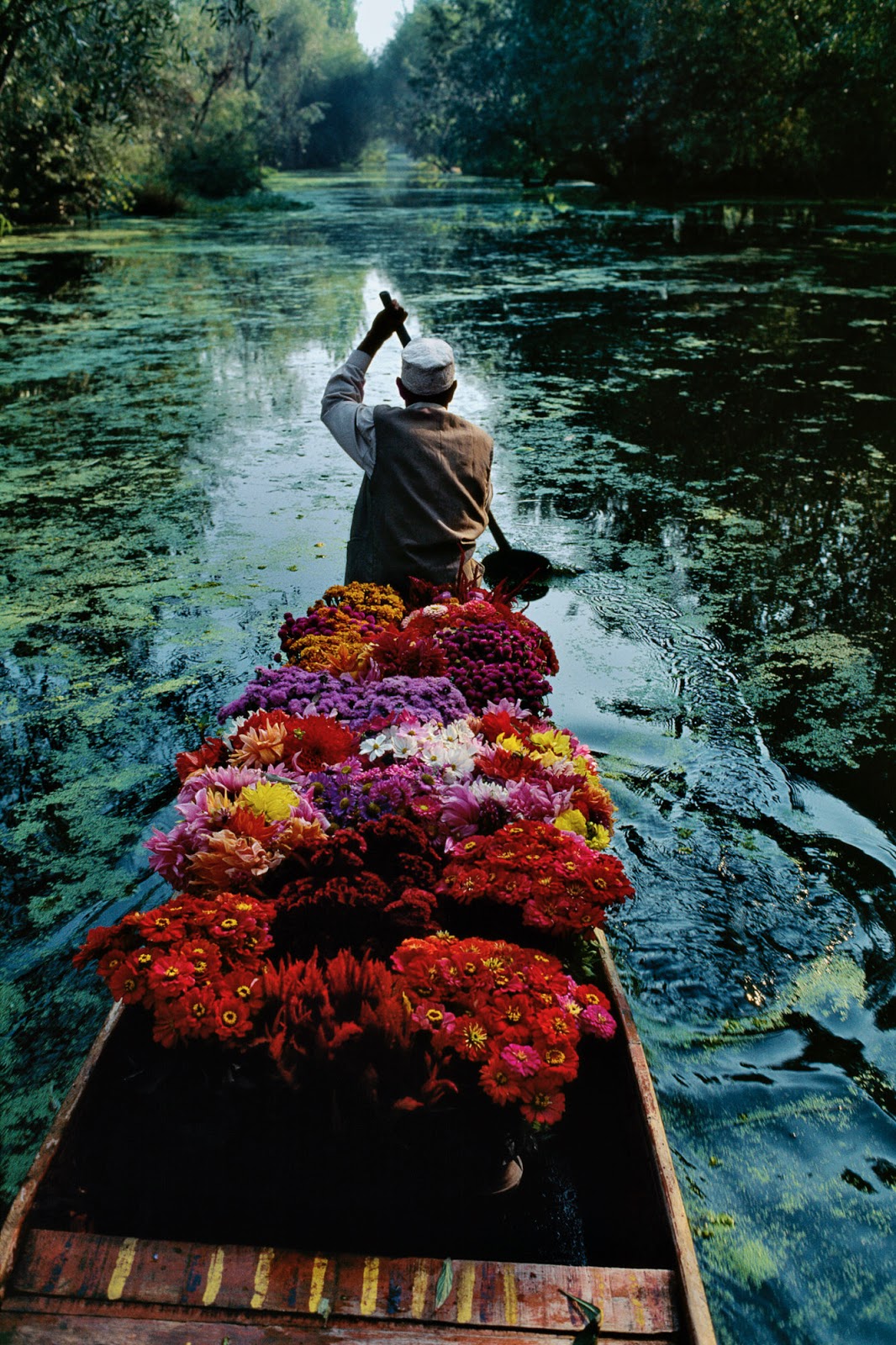
Advice for Aspiring Young Photographers
McCurry admits that photojournalists had broader possibilities for making a living and getting published through their reporting 20 or 30 years ago. At the same time, he paid his dues. Roaming the Indian subcontinent, he was often without money and forced to live frugally, sleeping in cheap hotels and travelling overnight on buses. Or, as in Afghanistan, he spent countless nights on cold floors and ate terrible food. But he sees no reason why people interested in photography should not persevere.
“My advice is to be prepared for a lot of hard work. It is rewarding if you love what you do and have a passion. But it’s like becoming a writer or a musician. You have to write or you have to perform. If you want to become a photographer, you have to photograph.” One should be attentive to history and read great literature and journalism, plus look how the great photographers worked, their compositions and the way they dealt with light. The good news, too, he added, is that during his early days, if you did not get published by Time or Newsweek, you were stuck. Today, you can put up your work on the Internet.
Global Insight Magazine/Global Geneva editor Edward Girardet is a foreign correspondent and author who has reported on humanitarian and conflict zones worldwide. He has written and/or edited several books on Afghanistan including Afghanistan: The Soviet War; The Essential Field Guide to Afghanistan, 2014 edition, and Killing the Cranes — A Reporter’s Journey Through Three Decades of War in Afghanistan.
The Barbier-Mueller Museum in Geneva is currently closed until February 21, 2021, because of COVID-19. For further updated information, please see the museum’s website.
Related front page panorama photo credit: Adapted by WhoWhatWhy from Steve McCurry / Global Geneva.
